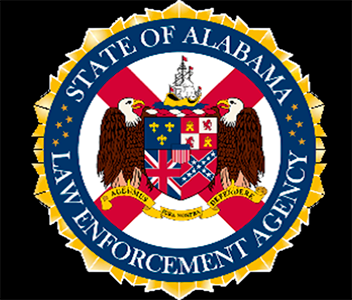Prep now for storm season
Published 7:15 pm Wednesday, July 23, 2014
Though the tropics have been relatively quiet this hurricane season, with Tropical Depression Two dissipating near the Lesser Antilles, meteorologists urge preparedness and safety.
“We don’t emphasize whether a season is active or inactive,“ said John De Block, warning coordination meteorologist at the Birmingham office of the National Weather Service. “One hurricane can be a disaster — everyone needs to be prepared to act.”
The average number of tropical storms in the Atlantic Ocean, Caribbean, or Gulf of Mexico are 11 per year, six of which became hurricanes. Two storms have been recorded this season so far, including the tropical depression in the lesser Antilles and Hurricane Andrew, the first named storm of the season, made landfall in North Carolina on July 4 as a Category Two.
De Block said that there are many factors that contribute to whether a hurricane season is active or inactive, but as a whole an El Niño pattern is contributing heavily to the lower amount of tropical systems this year.
“If you think of the tropical Atlantic as a boiling pot of water,” De Block said,”El Niño conditions contribute to whether the lid is on or off. El Niño winds keep the lid on development.”
Although conditions are not favorable as a whole during this time, he noted that it’s important not to let your guard down for the storms that could potentially develop. Hurricane Andrew, which hit the coast of Florida in 1992, developed during an El Niño year. The storm is the third costliest hurricane from 1990-2010, with a total of $26.5 billion in damage, beat out only by Hurricanes Ike and Katrina, according to a NOAA study.
“Hurricane Andrew was the first named storm, the first storm out of the barrel, and it caused so much damage,” De Block said.
In the event that a hurricane or other tropical system affected the Pike County area, De Block said that the biggest risks for inland areas are excessive rainfall, high winds, and quick spin-up tornadoes.
“Excessive rainfall kills more people than other types of severe weather,” De Block said. “Don’t drive through flooded areas, you don’t know what could be in the water, from potholes to debris.”
Hurricane force winds can cause trees to fall on homes causing damage. It’s important to be aware of the trees surrounding your home and have trees hanging over home removed before they cause a problem.
Tornadoes that spin up quickly during a hurricane cause particular concern.
“They are difficult to detect and difficult to warn on,” De Block said. “These tornadoes develop and dissipate quickly.”
Keeping ears open and prepared for a safety response is key in severe tropical weather situations.
De Block stated the importance of having a kit prepared for after a disaster, containing non-perishable food items and other essentials to get by without outside help for the first 72 hours.
According to a preparedness guide compiled by the Department of Commerce, an emergency supplies kit should include: A three day supply of water, non-perishable food, and changes of clothing for each person, blankets or sleeping bags, first aid kit, battery-powered portable radio, emergency tools, flashlight, batteries, extra set of car keys, credit card and cash, medicines, and special items for infant, elderly, or disabled family members.
Weather watches and warnings issued for the local area should be heeded to avoid disaster.
“Following guidance and staying aware can avoid so many problems,” De Block said.
For current storm information, go to the National Hurricane Center’s website, www.nch.noaa.gov. For more preparedness information, go to www. ready.gov.





